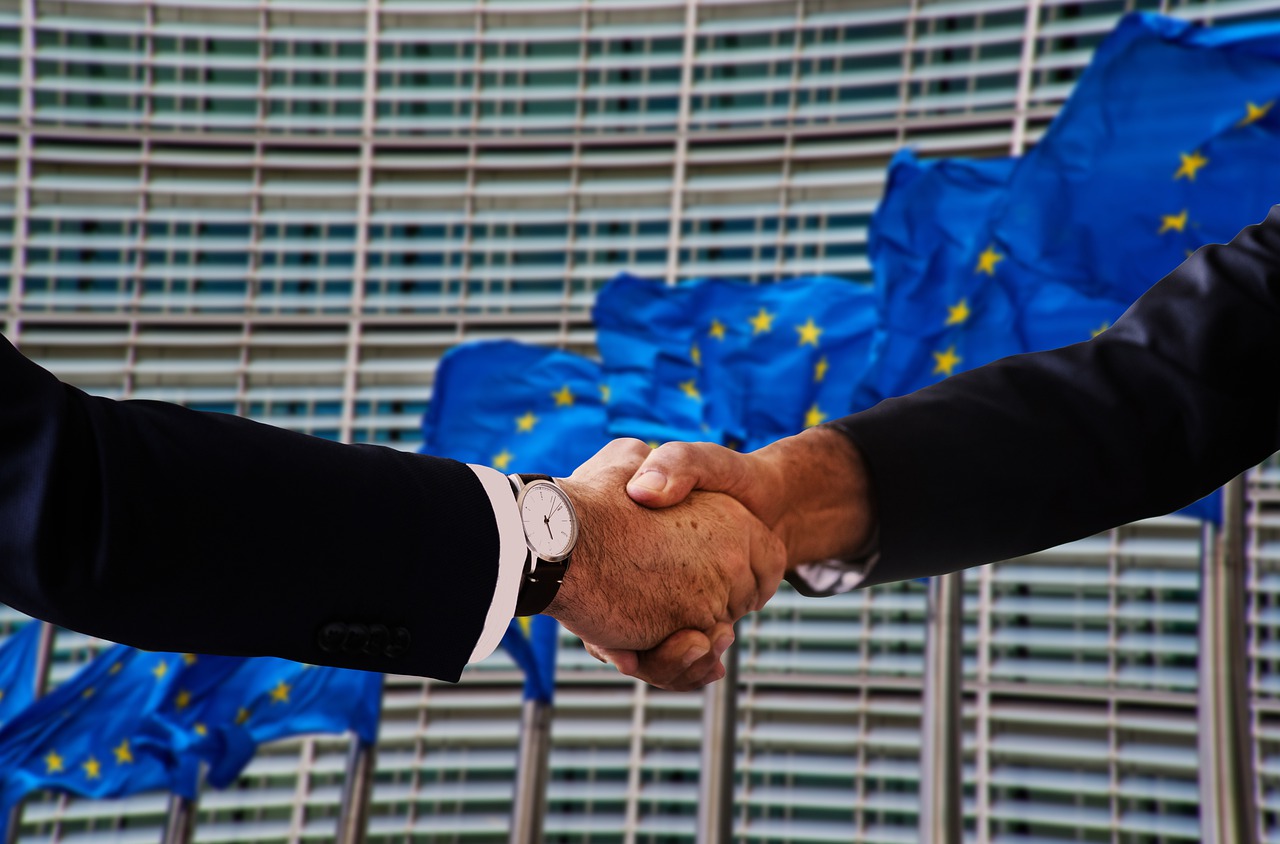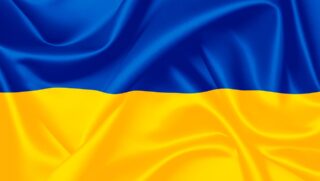Areas of intervention
The instruments available in the framework of EU cooperation with third countries are divided into geographical and thematic programmes.
Geographical programmes, which are focused on priorities defined at country or macro-regional level, are subdivided into:
IPA programme (Instrument for Pre-Accession): supports actions in the EU accession countries and the Balkans: Macedonia, Turkey, Albania, Serbia, Kosovo, Bosnia-Herzegovina and Montenegro. Many of the actions financed are geared towards aligning standards in the social, economic, institutional, environmental, educational fields in view of these countries’ accession to the European Union.
The European Neighbourhood Instrument (ENI) programme, which will be integrated into the future European Neighbourhood, Development Cooperation and International Cooperation Instrument (NDICI), supports actions in countries bordering the EU to the east (Armenia, Azerbaijan, Belarus, Georgia, Moldova and Ukraine) and to the south (Algeria, Egypt, Lebanon, Libya, Jordan, Israel, Morocco, Syria, Tunisia and the Palestinian Territories). The programme’s objectives are to promote democracy, human rights, social cohesion, sustainable development and the transition to a market economy in the beneficiary countries. The EU is also seeking to advance cooperation with its southern partners on migration and mobility.
Israel
EU-Israel relations are wide-ranging and based on solid economic and trade relations and technical cooperation. Based on the Association Agreement of 2000, relations have developed dynamically in the following years, expanding considerably in many areas. The EU-Israel Action Plan, adopted in 2005, is based on shared common values of democracy and respect for human rights, the rule of law and fundamental freedoms, and promotes Israel’s integration into European policies and programmes. In 2009, however, the EU decided that progress in the Middle East peace process was needed to grant “advanced status” to these relations. Cooperation continues, however, on the basis of the 2005 ENP Action Plan, which remains in force until 2022.
Morocco
Among the southern partners, Morocco has one of the most advanced relations with the European Union. An Association Agreement has been in force since 2000 and a new ENP Action Plan was adopted in 2013. In 2008, Morocco was granted “advanced status” in the framework of the ENP, reflecting the ambition to strengthen EU-Morocco cooperation and to further support economic and political reforms. The EU-Morocco Mobility Partnership was launched in June 2013. Negotiations on visa facilitation and readmission agreements and on a Deep and Comprehensive Free Trade Area are ongoing. In addition, a new fisheries agreement entered into force in 2014. According to two recent rulings of the Court of Justice of the European Union, the EU can implement its agreements with Morocco, but they do not apply to Western Sahara.
- The European Development Fund (EDF) supports actions in the 79 countries of sub-Saharan Africa, the Caribbean and the Pacific that are parties to the Cotonou Agreement. It is an instrument created in 1957 (Treaty of Rome), governed by its own financial rules and placed outside the general budget of the European Union. The EDF primarily finances activities in the field of economic, social and human development, cooperation and regional integration.
- DCI programme (Development Cooperation Instrument). It supports actions in other transition and developing countries: Latin America, Asia and South Africa.
- IFG Programme (Instrument for Greenland) is dedicated to Greenland, which is of great global significance for sustainable development issues and its special geostrategic position.
Interreg programme
Interreg is a European initiative that offers the opportunity to implement concrete cross-border projects for the development of regions. The EU, neighbouring countries, cantons, the federal government and private individuals finance cooperation in a wide range of areas. The projects funded are wide-ranging, from the development of joint tourism products to solutions for meeting the challenge of digitalisation.The Interreg programme aims to strengthen the development of economic, social and environmental activities in four Italian regions and three Swiss cantons.
The areas covered by the programme are:
For Italy:
- Autonomous Region of Valle d’Aosta;
- Provinces of Como, Lecco, Sondrio and Varese (Lombardy);
- Provinces of Vercelli, Verbano-Cusio-Ossola, Biella and Novara (Piedmont);
- Autonomous Province of Bolzano.
For Switzerland, the following neighbouring cantons:
- Canton Ticino;
- Canton Valais;
- Canton of Grisons.
The Interreg territorial cooperation programmes are European programmes managed by the European Commission. Over five periods, Interreg has made it possible to strengthen cross-border cooperation throughout Europe by implementing thousands of projects that have created real added value for the regions.They not only aim to finance projects, but also to facilitate cross-border cooperation by reducing possible obstacles.
There are three types of Interreg programmes:
- Cross-border cooperation (INTERREG A) between neighbouring regions aims to promote integrated regional development between neighbouring regions with land and sea borders in two or more member states. INTERREG A has a budget of € 6.6 billion.
- Transnational cooperation (INTERREG B). It covers large cooperation areas such as the Baltic Sea, the Alpine area, the Mediterranean regions and has a budget of €2.1 billion divided into 15 different cooperation programmes.
- Interregional cooperation (INTERREG C). It involves all EU Member States and aims to strengthen the effectiveness of cohesion policy.
IF YOU ARE INTERESTED IN PARTICIPATING AND WOULD LIKE TO RECEIVE MORE INFORMATION PLEASE CONTACT US!




